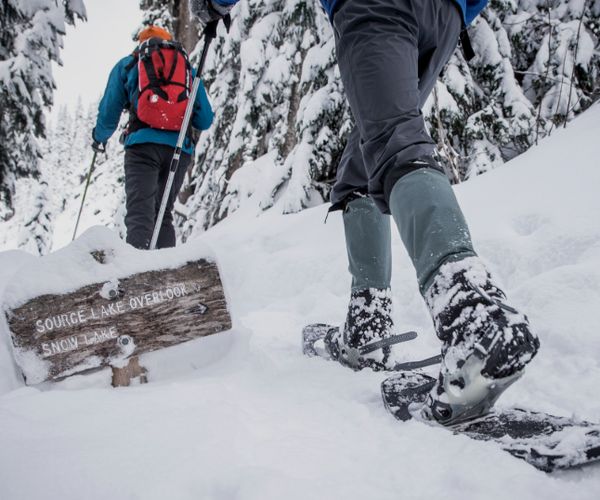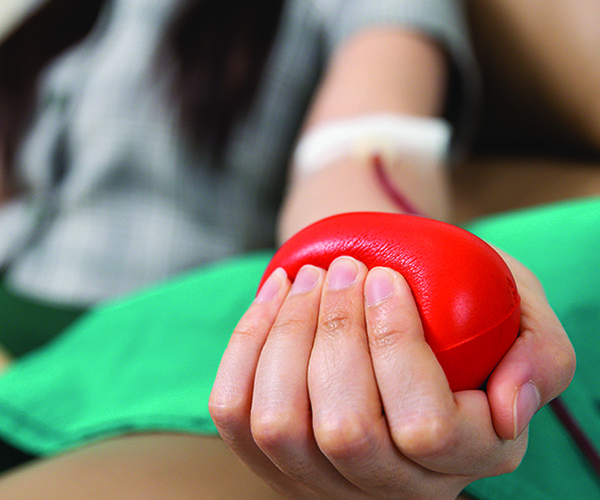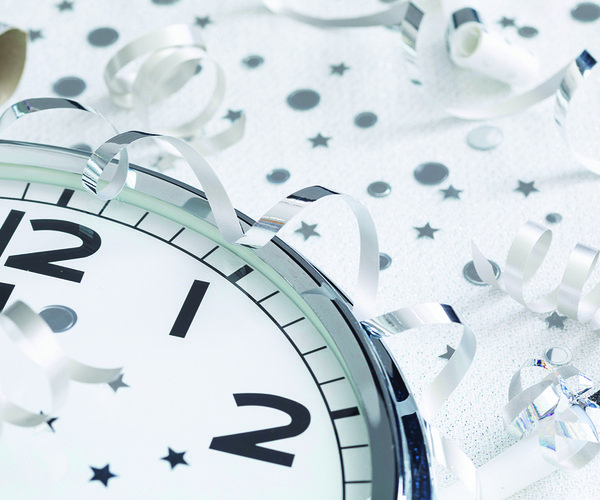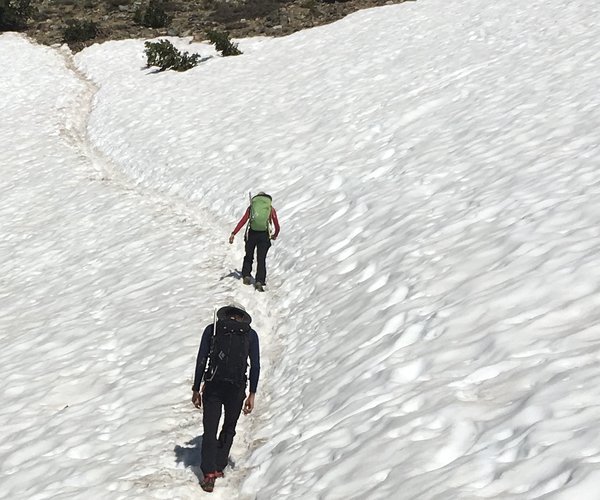The two largest nations in North America celebrate their countries’ respective birthdays during the month of July. Canada Day (formerly Dominion Day) and American Independence Day occur on July 1 and July 4 each year, respectively. These national holidays are marked by fireworks, barbecues, parades, and other boisterous festivities. They’re also notable times of the year to proudly display the national flag.
Whenever each country’s flag is handled, it should be done with respect and reverence. Both Canada and the United States have strict etiquette and display guidelines for their flags. The following are some rules for flying each country’s national flag, courtesy of the Government of Canada and USA.gov.
Canada
The National Flag of Canada may be flown day and night and does not need to be illuminated when it is flown after sundown.
When flown horizontally, the flag is flown with the maple leaf pointing upwards. When hung vertically, the flag should be placed so that the upper part of the leaf points to the left, from the point of view of the observer facing the flag.
The flag should always be flown on its own flagpole, with the sleeve nearest to the pole. It is improper to fly the national flag with another flag of any type on the same flagpole.
Half-masting is a symbol of loss that is shared by all citizens. The Government of Canada adopted the Rules for Half-masting the National Flag of Canada to ensure a consistent approach for all federal buildings and installations.
The flag should never be used as a tablecloth or seat cover, nor should it be worn as apparel.
The National Flag of Canada should never be dipped or lowered to the ground in salute or to compliment any person or thing.
United States
The National Flag of the United States is displayed in public only from sunrise to sunset. However, the flag may be displayed at all times if it’s illuminated during darkness.
When the flag is displayed horizontally, the canton/union is in the upper left hand side of the flag. When the flag is hung vertically, again the canton should be on the observer’s left.
While it’s preferential that the flag be flown on its own pole, if it is on a staff with other flags, it should be at the peak above any other flag.
The United States flag flies at half-mast when the nation or a state is in mourning. The president, a state governor or the mayor of the District of Columbia can order flags to fly at half-staff.
The flag should never be worn as apparel or used as bedding or drapery. It also should not be used for advertising purposes, or embroidered on cushions, handkerchiefs, napkins, or boxes.
The National Flag of the United States should never touch anything beneath it, which includes water, merchandise or the floor.







